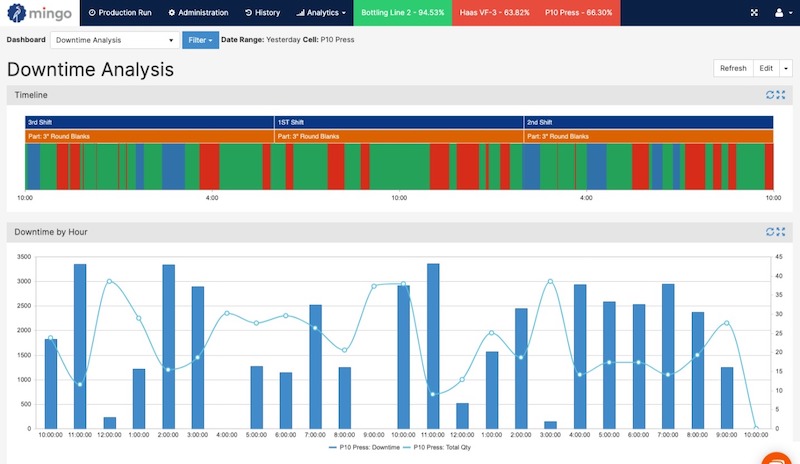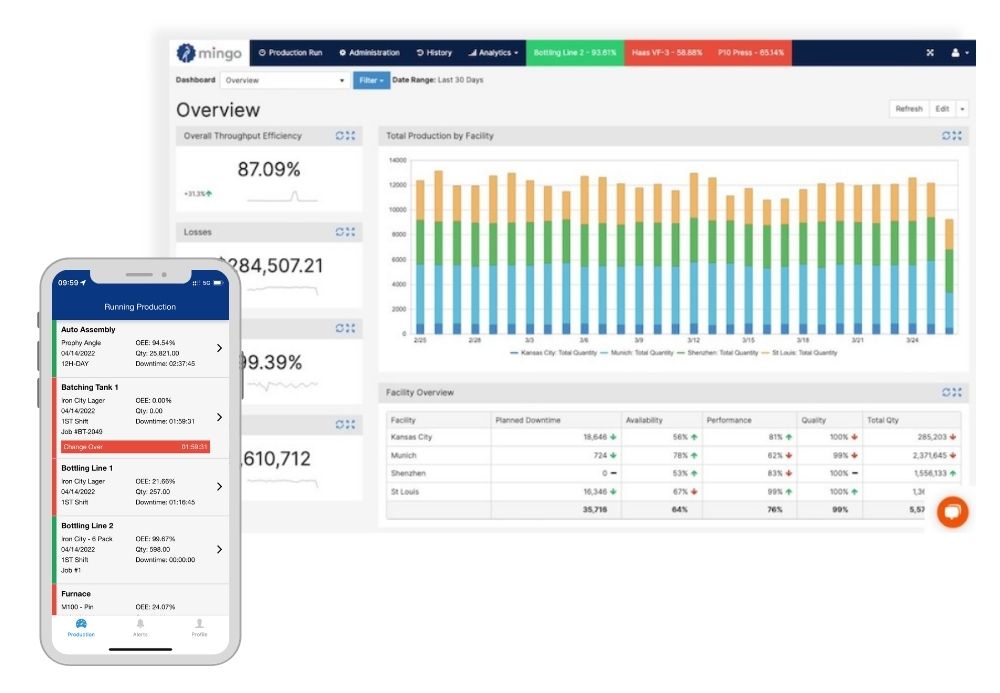But, before I get too far, let’s talk about why there is a need for manufacturing productivity software in the first place. To be frank, without manufacturing productivity software, it’s really freaking hard to get insights and complete visibility into the plant. It’s hard to find the deficiencies and problems. It’s hard to determine a plan of action to increase efficiencies. It’s just plain hard without the right software.
Manufacturing is complicated and fluid. Things change constantly, and the way that most companies track their productivity and if they’ve finished certain jobs is with Excel, paper, or whiteboards. This is outdated, tedious, and riddled with human errors.
The problem is in the manual reporting. It creates no visibility into what’s going on. Sure, once all of the paper and Excel files have been gathered together, summarized, and distributed, there’s insight. But, as any manufacturer knows, this could be long after the shift has ended, and more than likely, the report is finalized days later. This doesn’t provide the data need to stop problems as they’re happening. It’s not timely enough. In the case of a whiteboard, it only creates visibility when standing in front of it.
You can see why all of these manual reporting methods are outdated and not efficient… or productive.
What manufacturing productivity software does is enable automatic data collection where possible, and where it’s not, make it easier and less error-prone for manual reporting. Operators or other folks on the floor can augment automatic data collection with manually entered data, and the second it’s entered, it’s immediately available to anyone who needs it.
There’s no question this provides better visibility and more timely access to the information manufacturers so desperately need. There’s benefit in automated processes in manufacturing. It’s providing insight into what’s going on, providing a plan of action as to how to improve, and even if improvements aren’t needed, there’s still a general understanding of the manufacturing processes.
The other big bonus is the sheer amount of labor going into manual data collection and reporting is immediately reduced with manufacturing productivity software. It’s saving 20-40 hours per month that is better spent on value-added activities. If somebody must present a detailed analysis on how long it took to make a particular part, over the last year, this person is no longer combing through an endless number of spreadsheets. They’re clicking a button that automatically provides the information. No collection, reporting, or contextualizing is needed.
All of this inherently makes the company itself, the managers, engineers, operators, everyone in the plant more productive. They now have the data, at their fingertips, to do their jobs rather than spending an endless amount of time and effort to get it.





